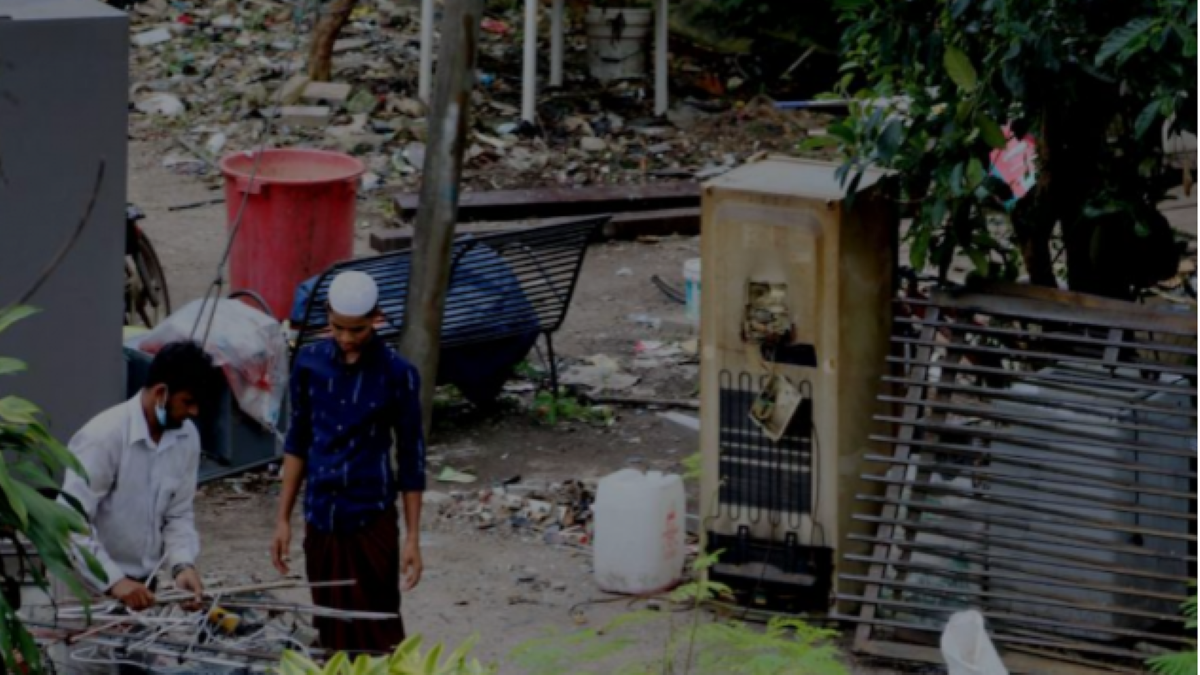Malaysia Population Research Hub

(Excerpts From Malaysia’s Country Statement at the 46th Session of the United Nations Commission on Population and Development, 23 April 2013, New York)
The impact of migration on social and economic development, whether it takes place at the national or international level, must be addressed. Malaysia is a developing country with a relatively young population of 28 million people as of 2010 growing at a rate of 2 per cent per annum and hence one key challenge would be to ensure economic development continues while at the same time managing migration effectively.
Industrialization has brought about rapid urbanization with about 7 in 10 Malaysians now residing in cities Industrialization has also resulted in Malaysia being an attractive destination for migrants. Based on Migration and Remittances Factbook 2011 produced by World Bank, Malaysia was one of the top 30 countries in terms of number of immigrants flowing into the country in 2010. According to Census 2010, there were 2.3 million non-citizens residing in Malaysia. The majority of migrants are in the age group of ‘high economic activity’. They are mainly employed in the manufacturing, agricultural and construction sectors. Employers prefer hiring foreign workers due to their willingness to work extra hours and for their relatively lower wages.
With more than 1.6 million foreign workers in the country, the Government realizes the need to address concerns related to migrants. As such, the Government introduced policy measures such as the Foreign Workers Rationalization Programme to legalize illegal workers. Several MoU’s were also signed with labour exporting countries to ensure the legal recruitment of foreign worker. These measures allow the Government to take actions to protect the rights and manipulated by their employers.
Malaysia is also concerned with migrants among women and children, who are more susceptible to exploitation. In relation to this, the Government revised the Anti-Trafficking in Persons Act 2007, which is now called the Anti-Trafficking in Persons and Anti-Smuggling of Migrants Act 2007. The amendments were necessary to widen the scope to include cases of smuggling and making it clearly a crime under Malaysian law.
In addition, the Government has also created the Council of Anti-Trafficking in Persons and Anti-Smuggling of Migrants, which formulates policies and implements the 2010 National Action Plan to combat trafficking in persons and smuggling of migrants. The Council is made up of government ministries, agencies and related civil society organisations. Diplomatic representatives are invited to Council meetings to raise concerns and share ideas. This allows the Council to act in a comprehensive manner taking into account every aspect of combating human trafficking and smuggling.
Since 1990, migration patterns have become increasingly diverse. Malaysia is a destination, transit as well as a country of origin for migration. The problem of emigration for Malaysia is no less important to that of immigration. Malaysia is experiencing “brain drain”, with more than one million Malaysian skilled workers living abroad. In order to overcome this, the Government has launched several initiatives to not only encourage Malaysian skilled workers to return to Malaysia, but also to attract skilled foreign workers to the country. Although the initiatives are quite recent, Malaysia managed to record some success with 680 applications approved to return back to Malaysia in 2011 as compared to 313 in 2010.
Malaysia has long recognised the significant contributions of migrant labour with regard to physical, productivity and economic development of the country. Hence, continuous cooperation with source countries has been forged to ensure that labour migration would benefit all the stakeholders involved, which include the source and receiving countries, employers, documented migrant workers and civil society.
Malaysia believes that the benefits of the globalization process should be equally shared between the sending and receiving countries. In this respect, policies and measures at the regional and global levels must meet the needs of all parties, and be formulated and implemented with effective participation from all sides.
Download: Popinfo Issue 1 /2013